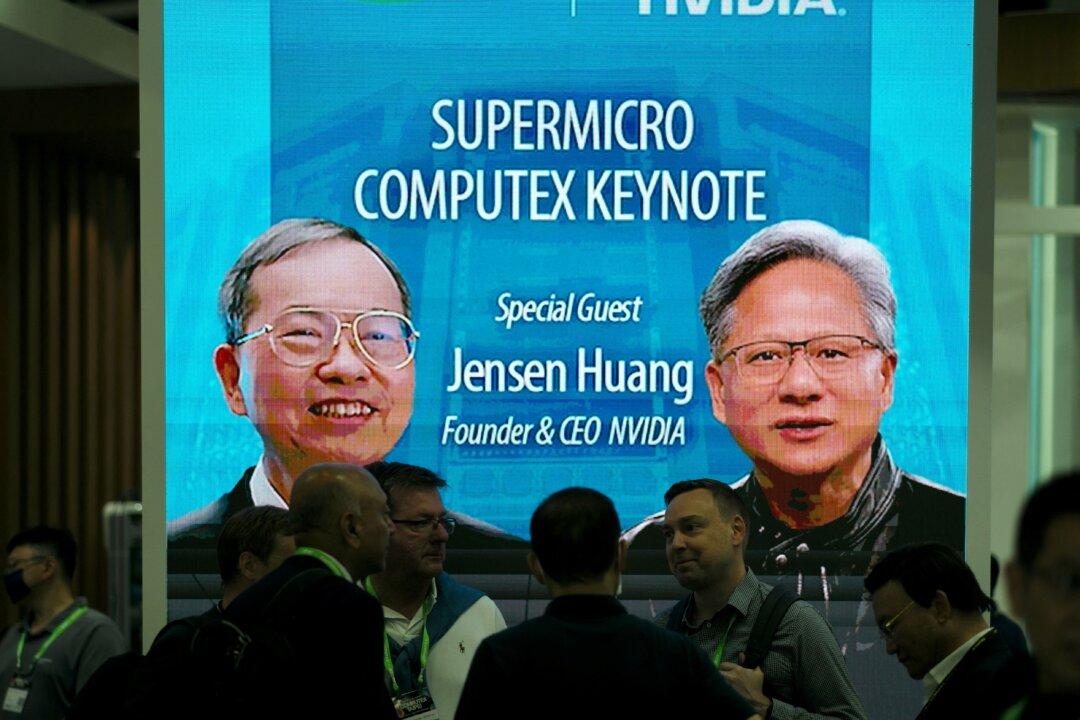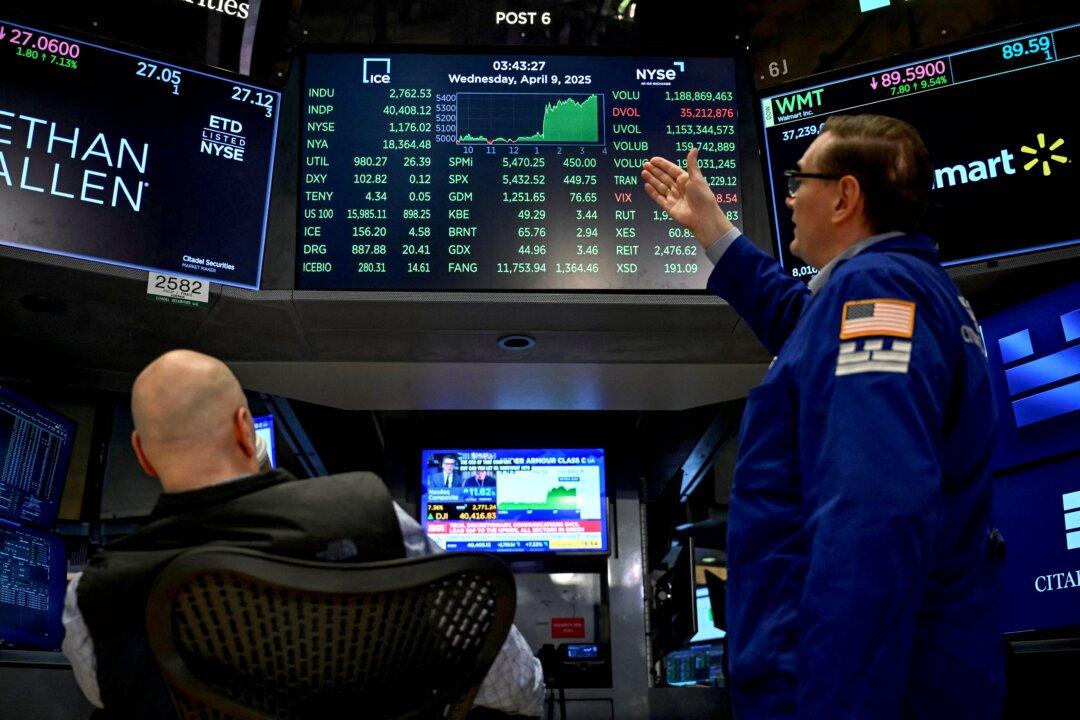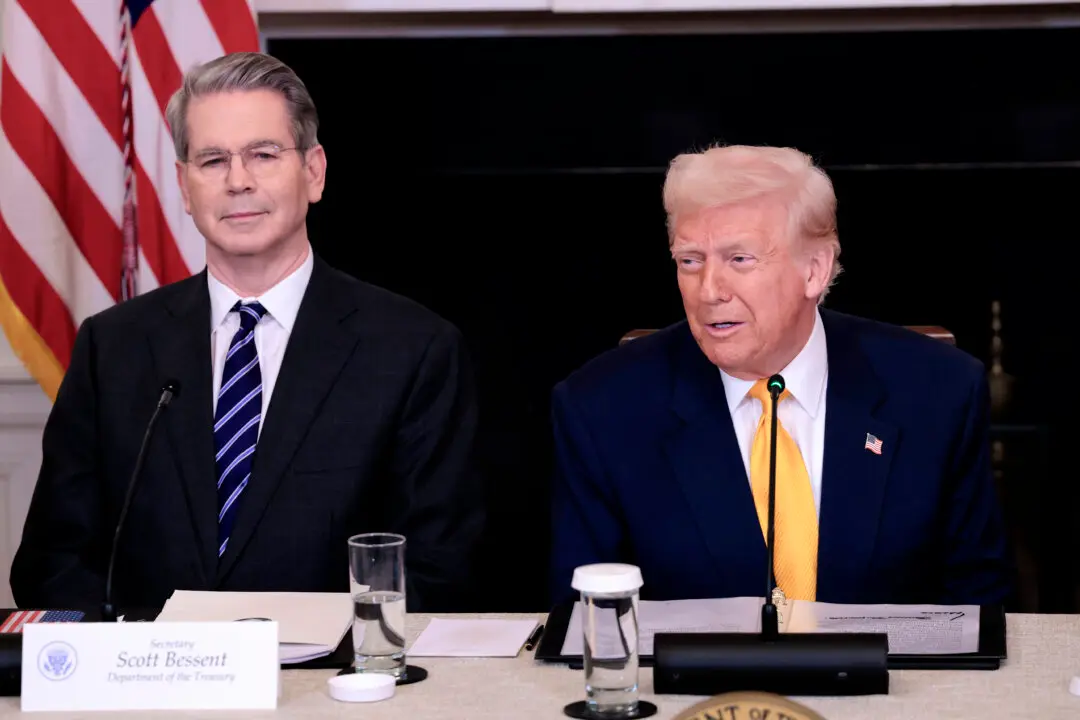The S&P 500 and other indexes shot up by more than 5 percent in reaction to the resounding election victory by former President Donald Trump, but then stocks proceeded to lose about half of those gains as of Nov. 15’s close. There is no doubt that an early “January effect” began on Nov. 6, with many stocks melting up. As usual, however, stocks need to “back and fill” to digest their gains, but we are now entering the seasonally strongest time of year, as late November and Thanksgiving week launch the happiest time of year, when consumers are most upbeat.
Naturally, the prospects of Trump 2.0 are getting many investors excited, especially because it looks as if the Republicans will keep their slim control of the House, so we won’t likely see any endless investigations and impeachment hearings, such as those that Trump faced in his first term. Because of his decisive win by 86 electoral votes and 2.7 million popular votes, Trump seems to have a mandate for change, so he is likely to implement pro-business initiatives to stimulate economic growth, such as “drill baby, drill.”
Here are the most important market news items and what this news means:
• One big piece of news this week is Nvidia’s earnings on Nov. 20. What I find most amazing is that Nvidia’s explosive sales and earnings growth has been largely fueled by its H100 Core GPUs. But starting in the fourth quarter, Nvidia’s new Blackwell GB200 GPU will dominate its sales for the next couple of years. Since Nvidia spent about $2 billion developing the Blackwell GPU, it has no competitors, and as it develops even more powerful GPU successors to Blackwell, I do not expect any competitor to crack Nvidia’s monopoly on generative AI. Beyond this decade, Nvidia plans to use quantum computing to speed up generative AI after its GPUs hit their physical limits, so Nvidia has a quantum cloud simulator now up and running to make an orderly transition.
• Super Micro Computer (SMC) has gotten its “mojo” back and has been resurging after the company squashed some uncertainty that has been hanging over the stock for a few months now. In my opinion, SMC’s biggest problem seems to be centered around its massive order backlog, which may take more than four years to fulfill. That’s what has caused these allegations about the company’s accounting practices and, specifically, how it books its sales. With a new auditor selected, SMC also stated that it should be able to complete its annual 10-K filing for its fiscal year 2024 and file its 10-Q reports for the first quarter of fiscal year 2025 in a timely manner. SMC also submitted a compliance plan with the NASDAQ. If the plan is accepted, SMC will avoid being delisted and have a new deadline to submit its 10-K and 10-Q reports to maintain its listing.
• Super Micro Computer continues to dominate liquid-cooled AI chips in data centers, which are becoming faster all the time. So the company’s server solutions remain in strong demand, and SMC even revealed recently that it shipped a record 100,000 GPUs in the most recent quarter. SMC’s preliminary outlook still represents 186.4 percent to 191.3 percent year-over-year sales growth and 120.6 percent to 123.5 percent year-over-year earnings growth.
• Because of the anticipation of robust economic growth under Trump 2.0, the U.S. dollar remains very strong, plus Treasury bond yields have risen substantially. As a result, the Fed has acknowledged that it may be reevaluating key interest rate cuts. If the job market remains soft in the November payroll report, the Fed is still anticipated to cut key interest rates by 0.25 percentage points at its December Federal Open Market Committee (FOMC) meeting, but further rate cuts in 2025 remain questionable. A new “dot plot” survey of FOMC members will reveal just how many, if any, key interest rate cuts we can anticipate in 2025.
• A new report from the Cleveland Fed said that it may take until mid-2026 for rental costs to moderate. As a result, the shelter cost component (owners’ equivalent rent) may remain elevated and keep the consumer price index elevated. This report may end up in the Beige Book survey and convince the Fed to stop cutting key interest rates once the Fed stimulates the labor market with its key interest rate conflicts.
• The trade deficit with the European Union surged by 8.9 percent in September to $13.18 billion, according to Eurostat. All of the talk about tariffs hurting the United States is largely emanating from Europe because Germany is in a recession and the EU is “scared” that if they do not cut their tariffs to U.S. levels, then Trump 2.0 may raise tariffs to EU levels. European Central Bank President Christine Lagarde, who was openly hostile to Trump before he was elected president, has been leading the anti-tariff crusade despite the fact that the EU imposes larger tariffs than the United States.
• What Trump wants to do is merely level the playing field with new tariffs if other countries have higher tariffs (e.g., the EU) or unfair government subsidies (e.g., China). Because most of the world has taken advantage of the United States and relies on exports to the United States to boost their respective economies, they are scared that Trump 2.0 levels the playing field. The most difficult country to deal with is expected to be Mexico because under the free trade agreement among the three North American countries, the United States is not supposed to put tariffs on goods imported from Monterrey and other big industrial centers in Mexico. Because the trade between Mexico and the United States is so large, this will be a much more delicate situation to negotiate. Furthermore, because the United States needs cooperation with Mexico on border security and fighting the influence of cartels, Mexico may prove to be the Trump administration’s biggest challenge.
• Compared with the rest of the world, the United States has an inherent advantage. First, the United States is both food and energy independent. Second, our 50 states effectively act as economic laboratories and compete with each other, which creates a naturally entrepreneurial environment where prosperity rises. Third, the United States has better demographics than other countries, so while China, Europe, Japan, and other countries’ populations shrink, the United States still has “household formation” because of pro-family states and the fact that the United States is better at assimilating immigrants than are other countries. I should add that although immigration was a contentious election issue, I suspect that most of the immigrants who are working will be allowed to stay.
• Trump’s “drill, baby, drill” pledge is expected to have profound consequences. First, the efforts to restrict liquified natural gas exports and prohibit drilling on federal land are effectively over. The nominee for the secretary of the Department of Energy, Chris Wright, is a fracking expert, so the production of both crude oil and natural gas is expected to steadily rise. As a result, natural gas is expected to be tapped to double the utility grid to fuel rising electricity demand for AI data centers as well as electric vehicles. Trump pledged to cut the price of gasoline in half, which will be tough, but if energy prices remain low, it will put more money in consumers’ pockets and boost spending.
• The G-20 meeting is underway in Brazil this week. Lame-duck Chancellor Olaf Scholz is reportedly providing other world leaders with the details of his conversation with Russian President Vladimir Putin. Most world leaders welcome an end to the Russia–Ukraine conflict. Other lame-duck world leaders are President Joe Biden and Canadian Prime Minister Justin Trudeau, who is deeply unpopular and expected to lose in the next election in October 2025. Many world leaders are expected to push back against Trump on tariffs and climate issues, but when it comes to ending the Russia–Ukraine conflict, most world leaders, including Chinese leader Xi Jinping, will be welcoming a Trump administration.
In summary, change is coming. The big economic change is for Trump 2.0 to help the manufacturing sector break out of a two-plus year recession, which will potentially help boost gross domestic product (GDP) growth to a 4 percent annual pace. The next change is to get a “peace dividend” by achieving an expanded Abraham Accord (an alliance with Israel and Saudi Arabia to deter Iran), plus end the fighting between Russia and Ukraine. If Trump can achieve peace around the world, 5 percent annual GDP growth is possible.







